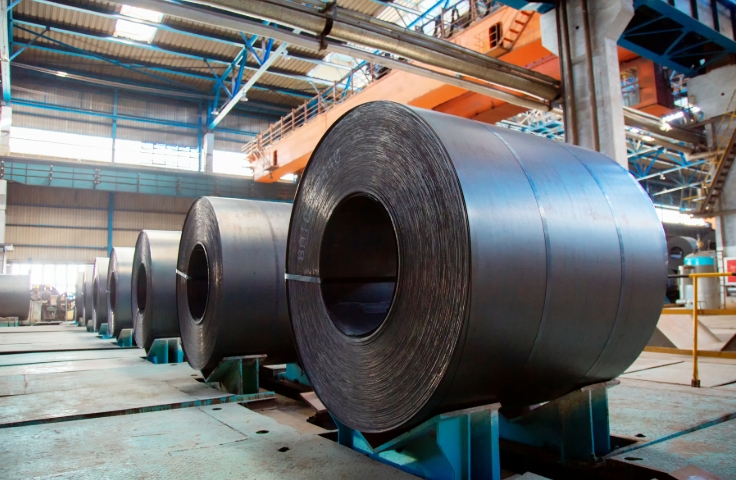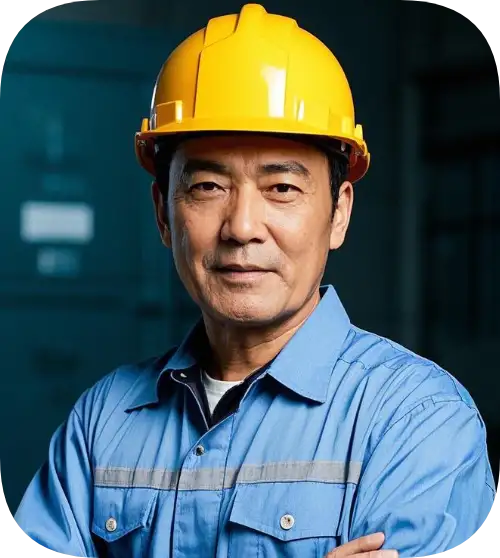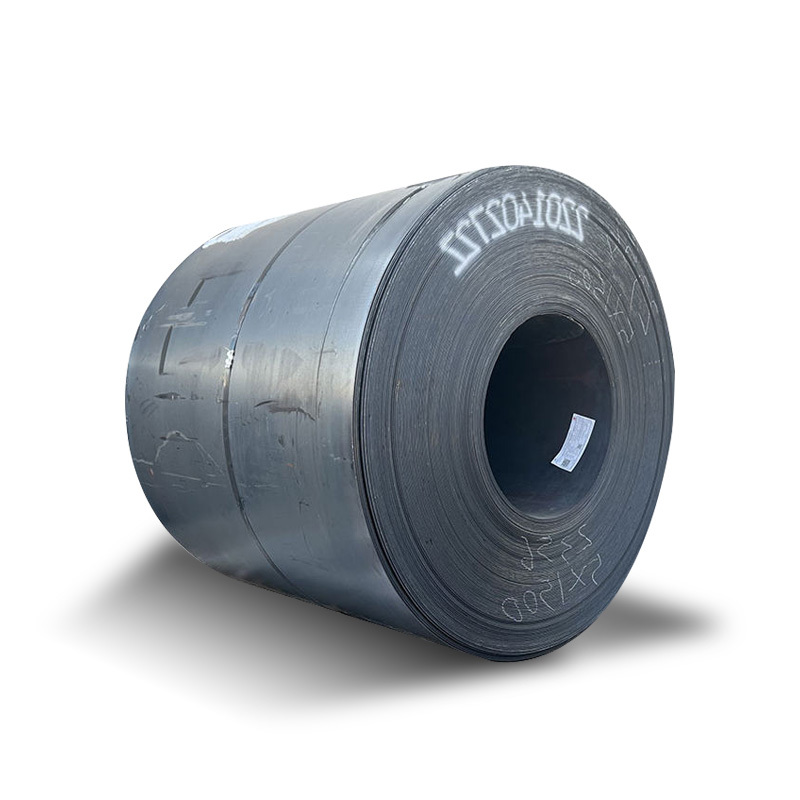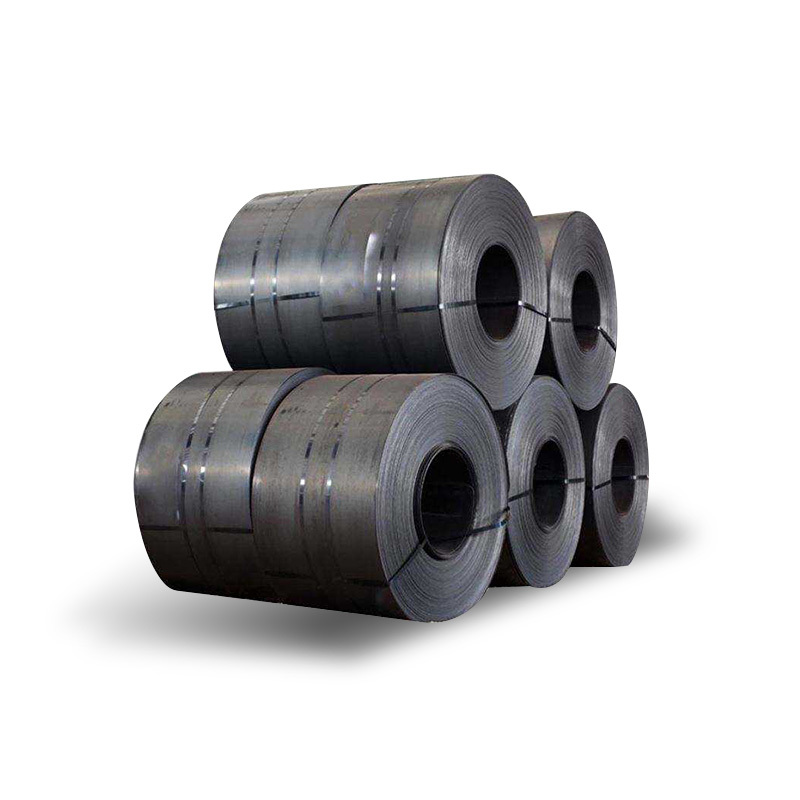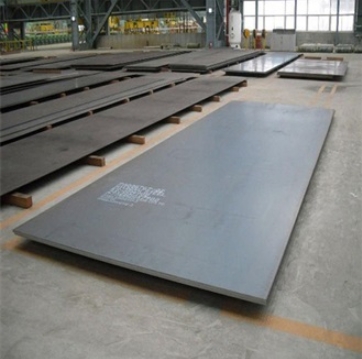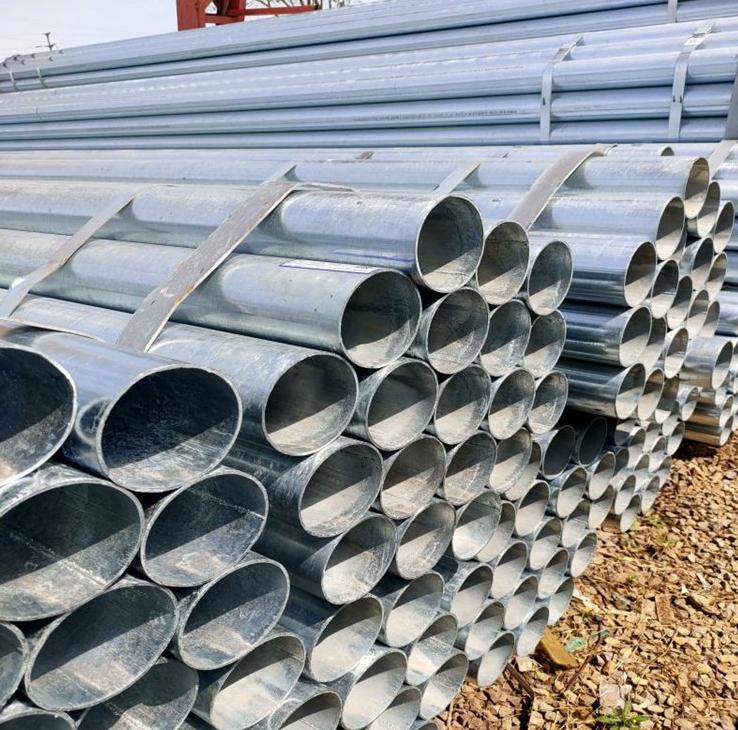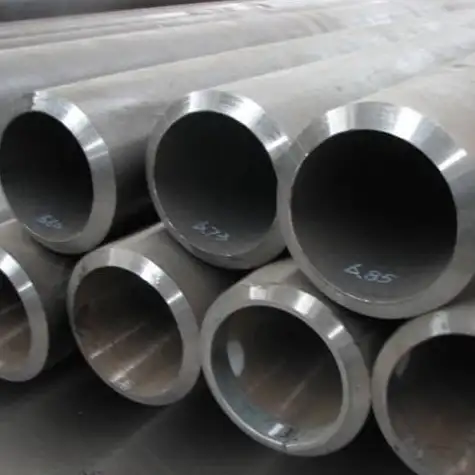When comparing A36 and Q235 Steel Coils, understanding the key differences in their composition, standards, and applications is crucial for contractors and manufacturers. These two types of carbon steel coils, while seemingly similar, adhere to different international standards—A36 is an American standard, while Q235 is the Chinese equivalent. In this article, we’ll explain these differences, provide insight into their properties, and offer a guide on how to select the right steel coil for your industrial needs.
What is A36 Steel Coil?
A36 Steel Coil is a common carbon steel product defined by ASTM A36, primarily used in the United States. It is known for its durability, strength, and versatility. A36 is widely used in construction, shipbuilding, and various industrial applications. This steel coil is typically available in hot-rolled or cold-rolled forms and is suitable for welding, riveting, and bolting.
What is Q235 Steel Coil?
Q235 Steel Coil is the Chinese counterpart to A36, governed by the Chinese standard GB/T 700. Although it is similar in composition and characteristics, there are subtle differences in the mechanical properties of Q235 Steel Coil compared to A36 Steel Coil. This steel is commonly used for structural purposes in China and other Asian markets and is often found in products such as bridges, buildings, and industrial structures.
Key Differences Between A36 and Q235 Steel Coils
While A36 and Q235 steel coils may appear similar at first glance, they differ in important areas such as chemical composition, mechanical properties, and specific industry standards.
Composition and Mechanical Properties: A36 vs Q235
| Property | A36 Steel Coil | Q235 Steel Coil |
|---|---|---|
| Carbon Content | 0.26% max | 0.22% max |
| Yield Strength | 250 MPa (36 ksi) | 235 MPa (34 ksi) |
| Tensile Strength | 400-550 MPa | 370-500 MPa |
| Applications | Construction, bridges | Construction, pipelines |
| Welding | Excellent | Excellent |
As shown in the table, A36 has a slightly higher tensile strength and yield strength than Q235, which can be a factor when deciding which material to use in heavy-duty applications. However, Q235 offers excellent welding properties as well, making it suitable for projects requiring ease of fabrication.
Case Study: Choosing Between A36 and Q235 for Industrial Projects
A contractor in the U.S. was tasked with sourcing steel coils for a bridge project. The team initially considered using Q235 Steel Coils due to cost advantages from international suppliers, but they ultimately chose A36 Steel Coils due to the material’s higher yield strength, which was more suitable for the heavy structural demands of the project.
In another case, a company in China opted for Q235 Steel Coils for their pipeline construction, where the material’s weldability and lower carbon content provided the best balance of cost and performance.
How to Choose the Right Steel Coil: A Step-by-Step Guide
Selecting between A36 and Q235 Steel Coils depends on several factors, including the project’s geographical location, required strength, and the welding process. Here’s a guide to help you make an informed decision:
-
Assess the Project Requirements: Determine whether the project needs high-strength materials or if Q235 with slightly lower strength will suffice.
-
Check the Material Standard: Understand the specifications required by local or international codes (e.g., ASTM for A36 or GB/T for Q235).
-
Consider Fabrication Needs: If welding is a critical factor, both materials are highly weldable, but Q235 may offer slight advantages due to its lower carbon content.
-
Evaluate Corrosion Resistance: Both materials perform well in most environmental conditions, but for extreme conditions, consider additional coatings or alloys.
-
Compare Pricing and Availability: Cost can vary based on your location, with Q235 often being less expensive due to its origin in China, but international shipping may offset this benefit.
⚠️ Common Misconceptions: A36 vs Q235
-
“A36 and Q235 are Interchangeable.”
While A36 and Q235 are similar, they are governed by different standards. Ensure that the specific properties of each material meet the requirements of your project. -
“Q235 is Always Cheaper.”
While Q235 often appears less expensive due to its origin in China, shipping costs and import tariffs can increase the overall cost, especially for international buyers. -
“A36 is Always Stronger Than Q235.”
Although A36 typically has a higher tensile and yield strength, the differences are marginal and may not be noticeable in most applications, especially in construction and light industrial work.
Conclusion: Which Steel Coil Should You Choose?
In conclusion, both A36 Steel Coil and Q235 Steel Coil offer distinct advantages depending on the application. If you’re in the U.S. or a region that follows ASTM standards, A36 may be the more familiar and reliable choice, especially for heavy-duty structural projects. However, for cost-sensitive projects in China or areas using Chinese standards, Q235 provides an excellent alternative without compromising on performance.
Practical Checklist for Selecting the Right Steel Coil
-
Assess your project’s strength requirements
-
Review applicable standards (ASTM vs GB/T)
-
Consider welding and fabrication needs
-
Compare the long-term costs (including shipping)
-
Check for local availability and pricing trends
For reliable A36/Q235/S235JR Carbon Steel Coils, reach out to Shanxi Luokaiwei Steel Company. Contact us at [email protected] for tailored solutions and competitive pricing.


